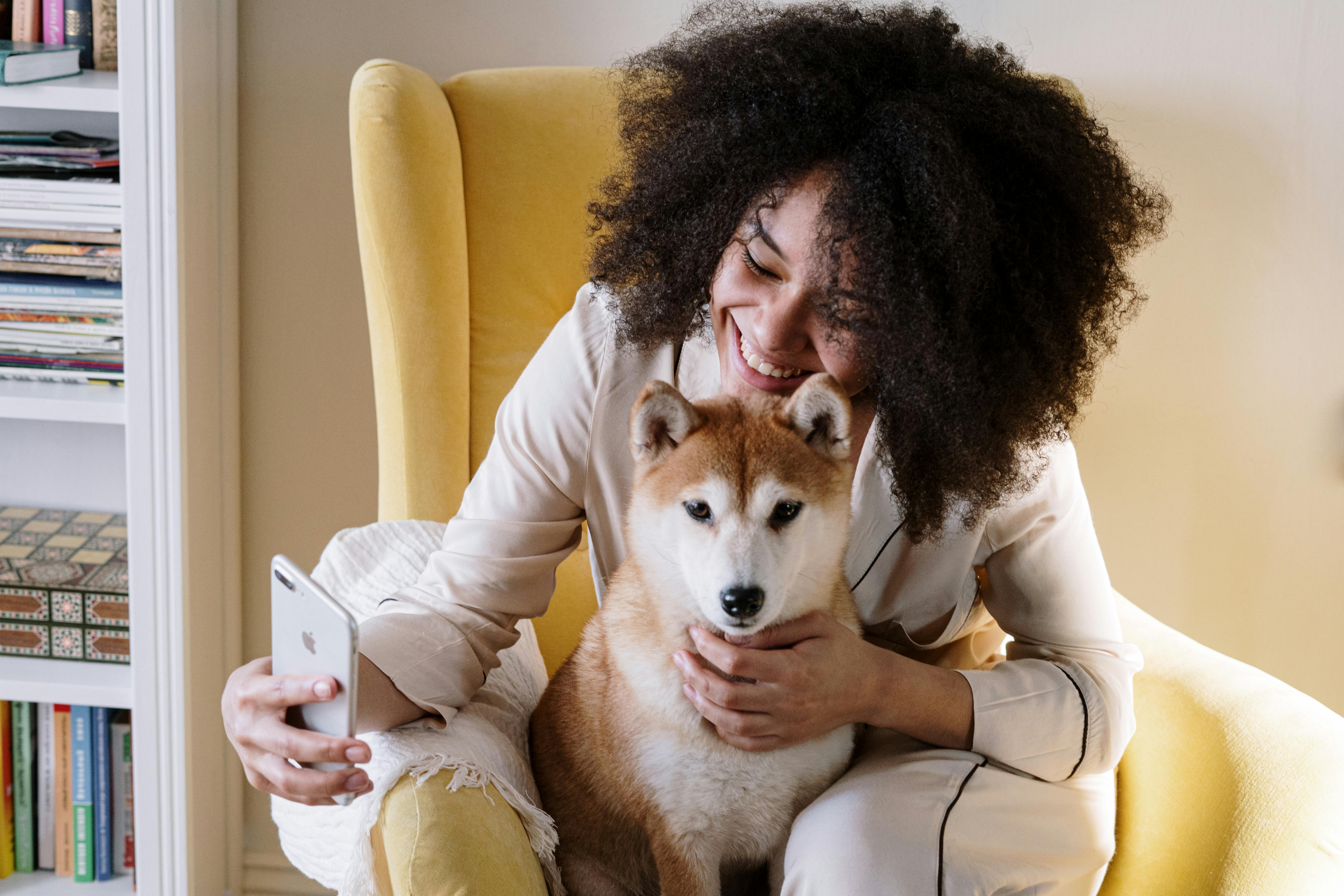Unfortunately, the consequences of poor dog selection can be disastrous. The evidence of this problem is very evident in our society. Animal shelters are overflowing with abandoned and unwanted canines, and more arrive every day. Surprisingly, these unwanted dogs include expensive purebreds as well as mixed-race strays. Many of these dogs share emotional and behavioral problems as a result of their history of abuse and neglect. These dogs represent dysfunctional relationships with previous owners, most often as a result of a mismatch.
Fortunately, there are three important steps you can take to avoid a disastrous relationship between dog and owner. These are easy and straightforward, but require a certain amount of time and effort to implement, like most worthwhile things in life. There are no easy shortcuts to making the right decision in this regard. The quick decision is often emotional, which is absolutely the worst way to go about the dog selection process.
1) First, do a thorough job of researching the breed characteristics and background of the particular dog you are interested in. This means spending as much time as necessary reading up on the breed or breeds you are considering. There are many online sources of breed information, including many of the popular so-called designer dog crosses, such as the “Labradoodle” (Labrador/Poodle cross), etc. There are also many excellent reference books and guides available. This step is even more important with a puppy, as adult size, temperament, etc. may not be apparent.
You want to determine the general fit and suitability of a particular dog for your family, living situation, and lifestyle. For example, specific characteristics such as the size of the adult dog, its feeding and grooming requirements, potential medical problems, and general protection and sociability with people and other pets are highly relevant and crucial to a good match. Some small breeds, for example, are not good matches for a family with young children. This is the information you need to determine through your research, prior to selection. Finally, don’t dismiss this information even when facing that adorable little puppy.
2) The next step here is to talk to other dog owners about their dogs, as well as solicit their opinion and experiences with various dogs in general. You can also talk to reputable breeders (avoid puppy mills!), veterinarians, and animal shelter staff for helpful advice and information. If you’re considering an older dog or shelter adoption, try to spend some time with the dog before making a decision and ask questions about medical and behavioral issues. Most responsible dog owners and shelter staff are more than happy to discuss these dogs and provide helpful information about them. A successful placement benefits everyone. Most animal shelters need volunteers to help care for their dogs, including walking them.
In this step, you are effectively building a support network of knowledgeable people who can also help you later if you have problems with your dog. This is even more important if you have little or no experience working with dogs.
3) Last but not least, you need to realistically assess your reasons for wanting to own a dog and then compare them to your personal and family characteristics. This is to include your particular variables, such as available time, small children, other pets, home and exercise space, allergies, daily schedule and routines, interests, and recreational activities. Obviously, there is a big difference between a retired couple looking for a companion dog and a young, active family looking for a well-rounded family dog.
The most important variable here is matching the available time and energy with the needs required for optimal dog care. If time is already an issue for you, then perhaps it would be a wise decision for everyone to put off getting a dog. A needy dog will only add additional stress, which is not healthy for the owner and the dog. Such a scenario often leads to mistreatment and abuse.
If you spend the necessary time and effort following these 3 steps; By researching the characteristics of the breed, building a personal network with experienced supportive dog owners/experts, and doing a personal and family assessment, you’ll end up with a much better partner’s trust and a greatly reduced chance of dog disaster. In addition, you will have developed many helpful resources to help with training and other dog care issues that may arise.
The ultimate goal is to achieve a long and happy relationship where everyone prospers. This requires some degree of advance planning and effort on the part of the dog owner. Most problems arise when pet ownership decisions are based on spontaneous or emotional reasons. This can lead to complete disaster and can prove fatal to the dog.
